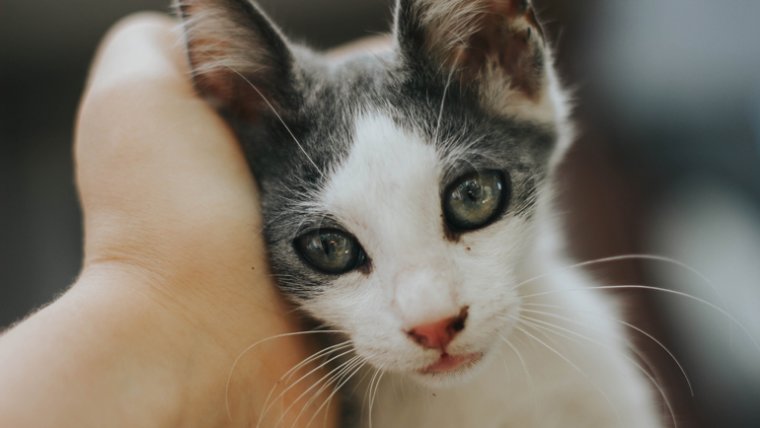
Taking photographs of your pet can prove to be as challenging as taking photographs of children. The cheerful nature of pets, as well as their seemingly endless urge to run around, are infectious and picture-worthy; however, when we attempt to capture that, we often find ourselves looking at blurry, unexciting results. Though capturing the temperaments of our furry companions can be difficult, it’s certainly not impossible. Here are a few tips on how to make the most of your pet’s disposition.
Table of Contents
Show your pet that the camera is their friend – to do that, either attach their favourite toy to it (whilst making sure that your pet won’t harm your camera by attacking said toy), or reward them if they stand still for a photograph. They’ll quickly develop positive associations with your camera, giving you more time to find your best shot.
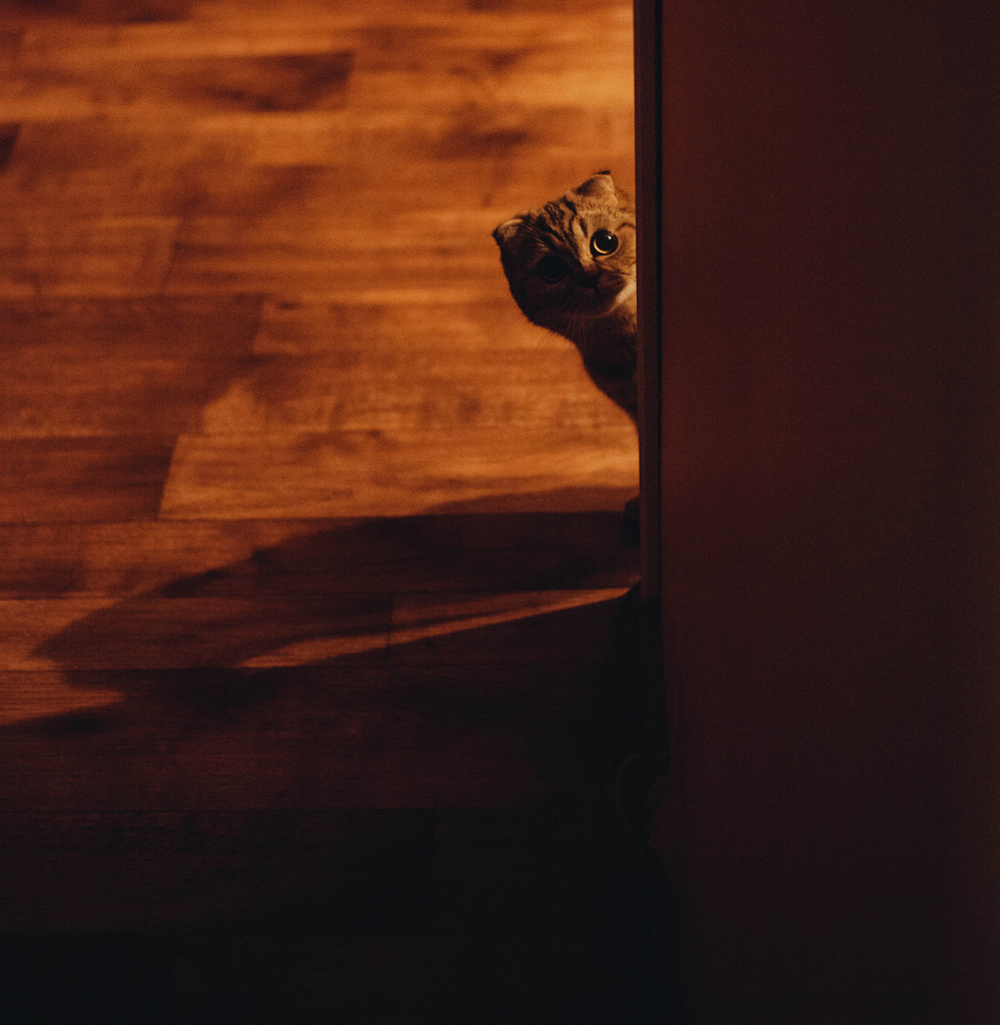

If your pet is too restless for the first method, then playtime is the ideal opportunity to create fascinating images. Whether your pet enjoys running around independently, chasing a toy, or anything else that suits their desires, a countless amount of creative possibilities are available. Keep in mind that a few blurry photographs aren’t a reflection of your artistic skills – what determines your worth as a photographer is the amount of determination you possess to take that one great and memorable photo.
A faster shutter speed will capture your pet’s movements sharply and clearly. Take note that the faster the shutter speed is, the more light you need, and the higher your ISO should be. However, don’t be afraid of increasing the ISO; a small amount of added grain won’t ruin your images. On the contrary, it will give you more chances to photograph beautifully spontaneous moments. Don’t let shadows, unusual patches of light, or physical obstacles intimidate you; oftentimes, they end up adding unique elements to an image, creating something that is exclusively yours in style.
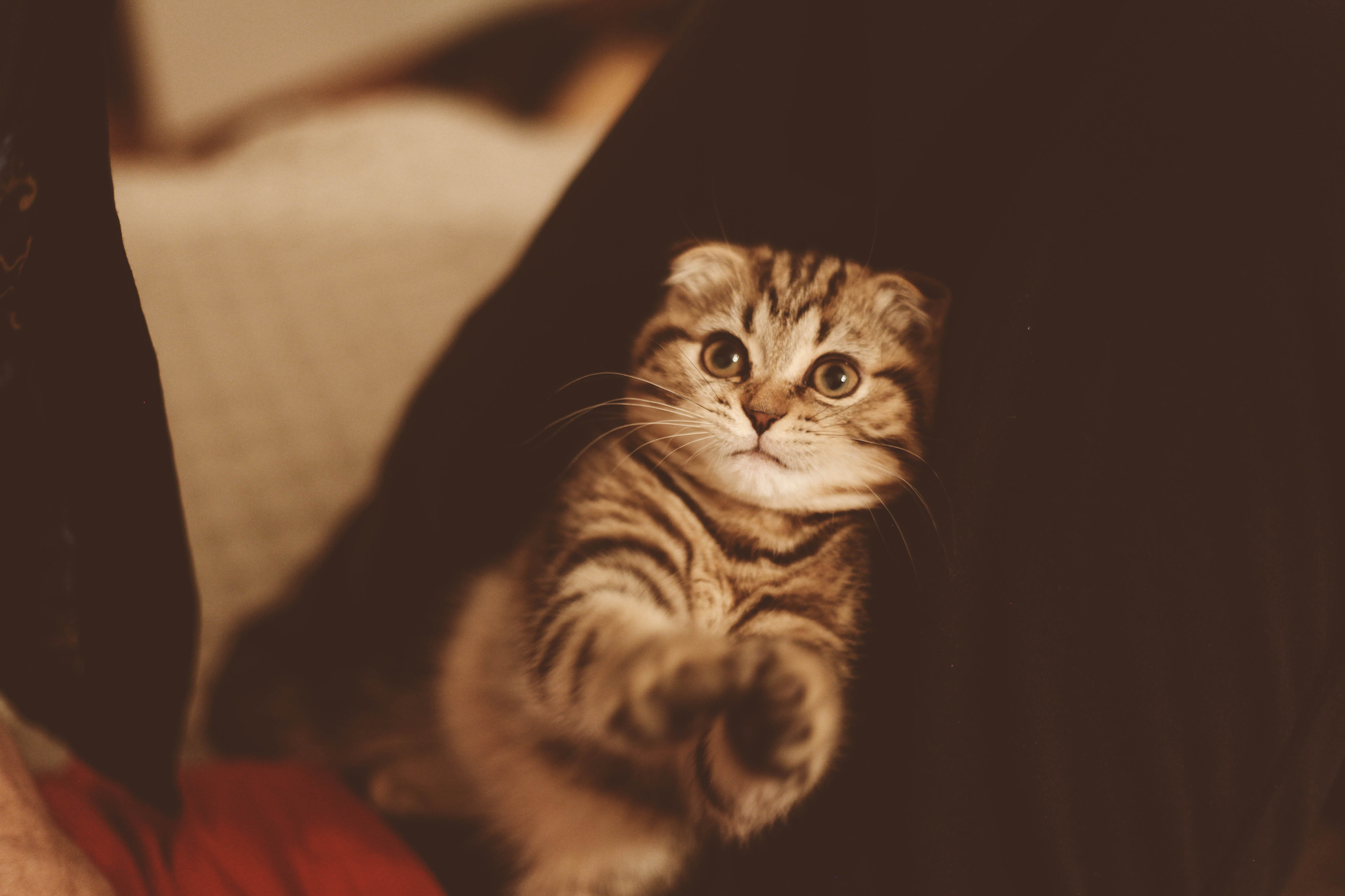
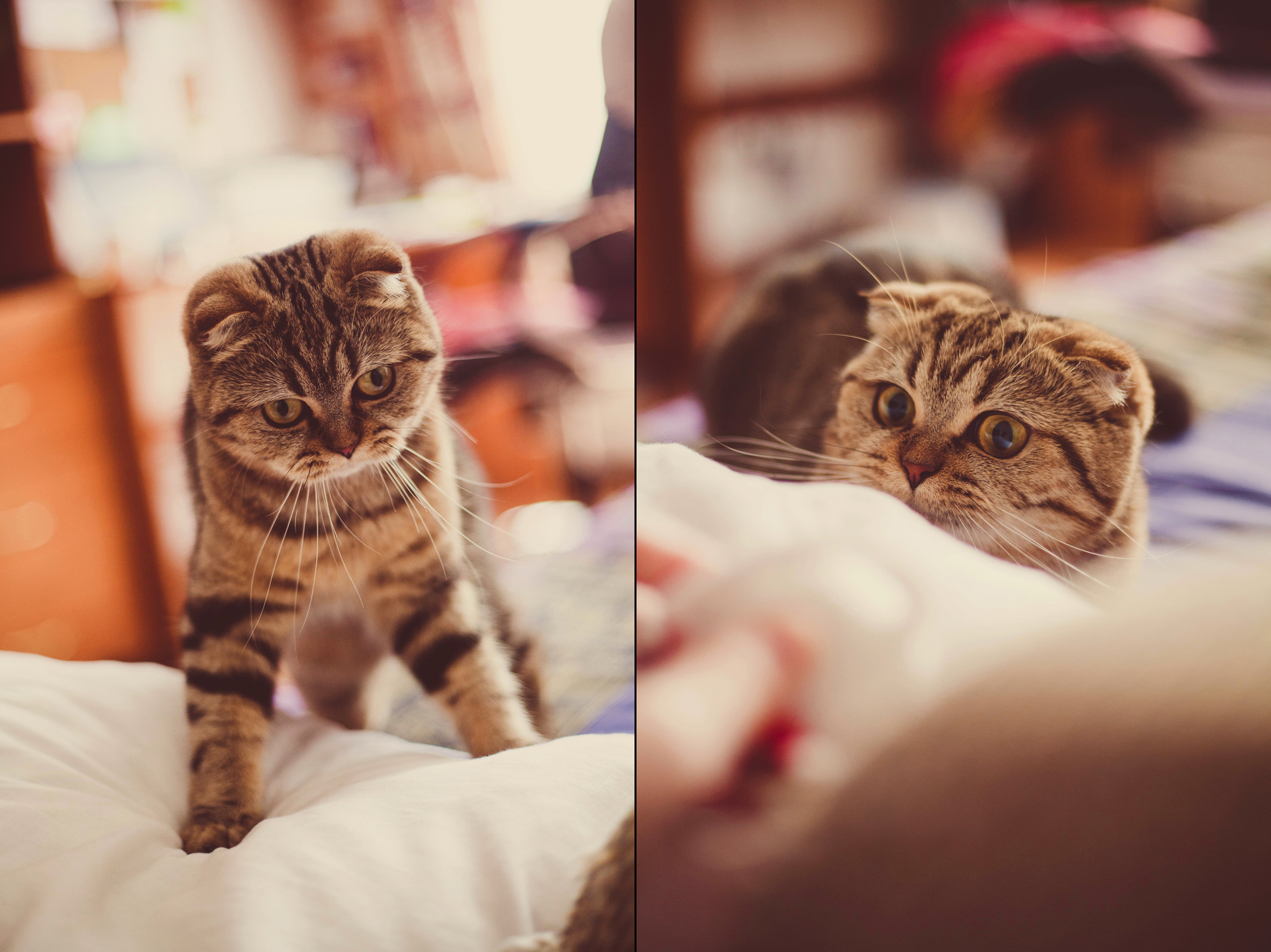
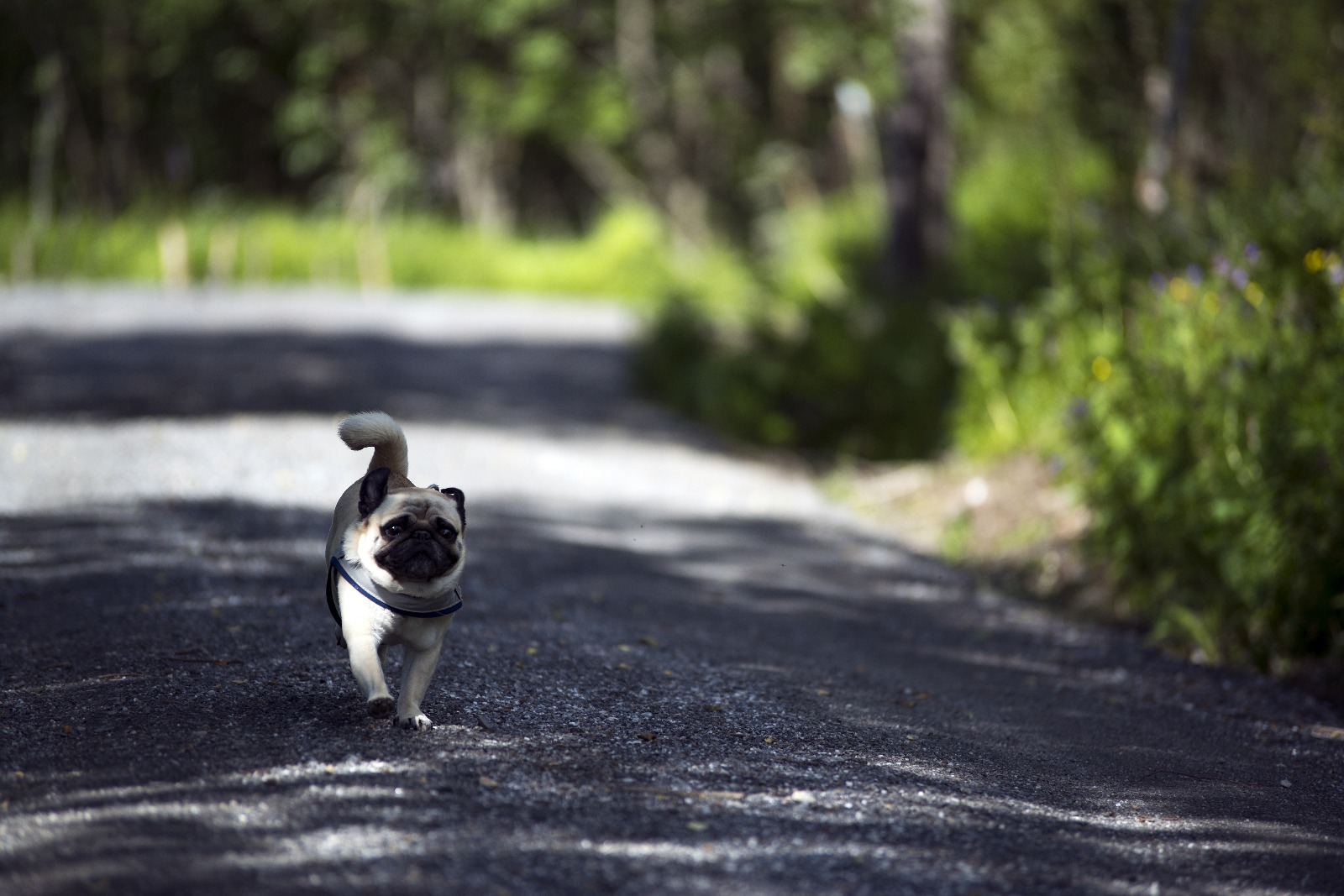
Playtime isn’t the only way for you to take advantage of your pet’s good looks. If increasing your ISO and following your pet everywhere didn’t provide you with impressive images, don’t be discouraged; sleeping pets are equally fun – albeit far easier – to photograph. Many pets (especially cats, thanks to their elegant flexibility) have amusing ways of sleeping, which can help you have a fun and uncomplicated photo shoot. Such images are perfect for printing, sharing online, making someone smile, or selling to an enthusiastic animal-loving person.
If you want to enjoy your shooting session a little more, observe your pet before it falls asleep. Photographs of yawning pets can open many artistic doors for you, especially if you’re familiar with editing programs like Photoshop (i.e. adding objects like microphones or megaphones to the image to create something humorous out of a basic yawn). Photos of your pet stretching may give you similar opportunities. However, don’t let these tips limit you. The more you observe your pet, the more remarkable habits and peculiarities you’ll notice.
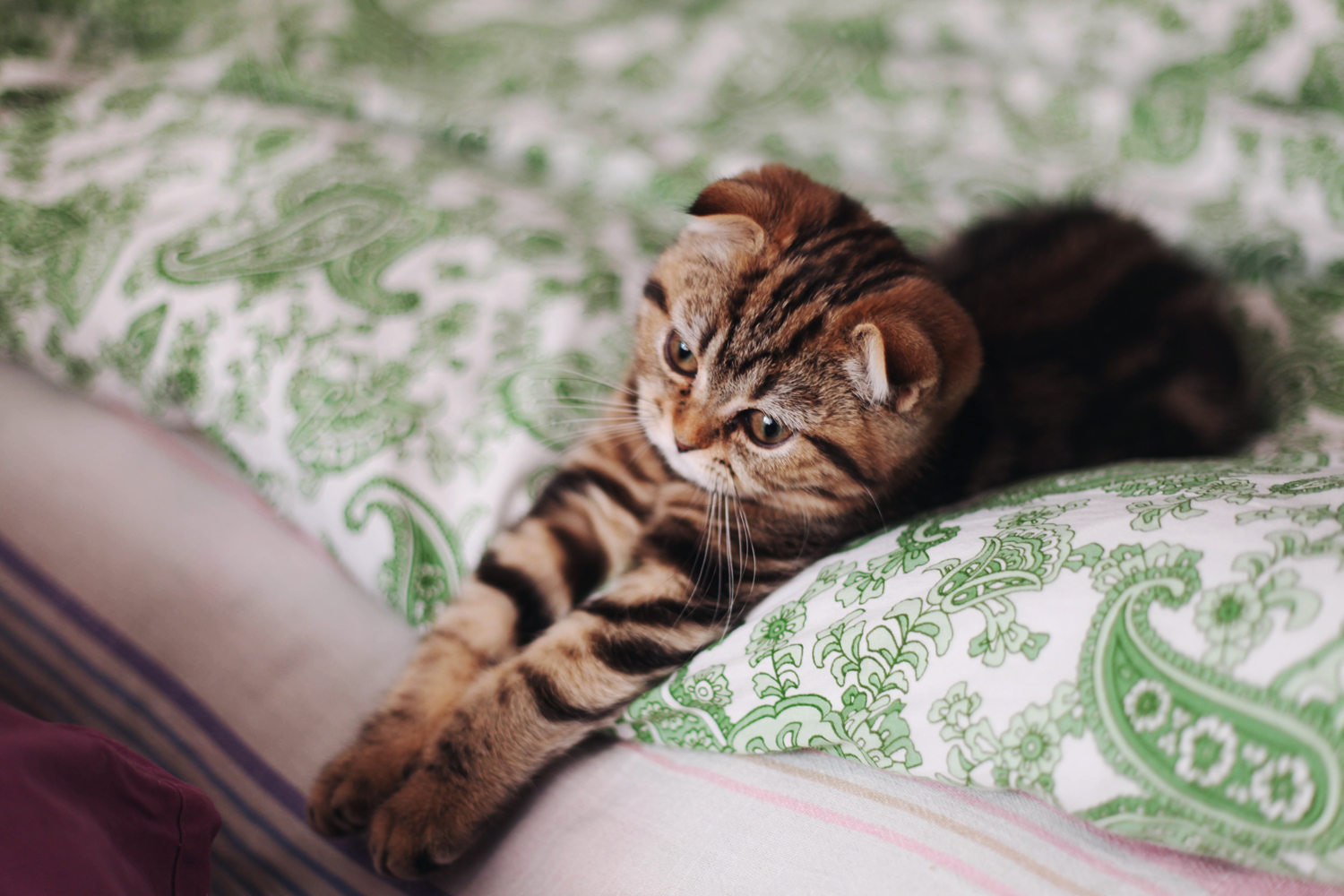
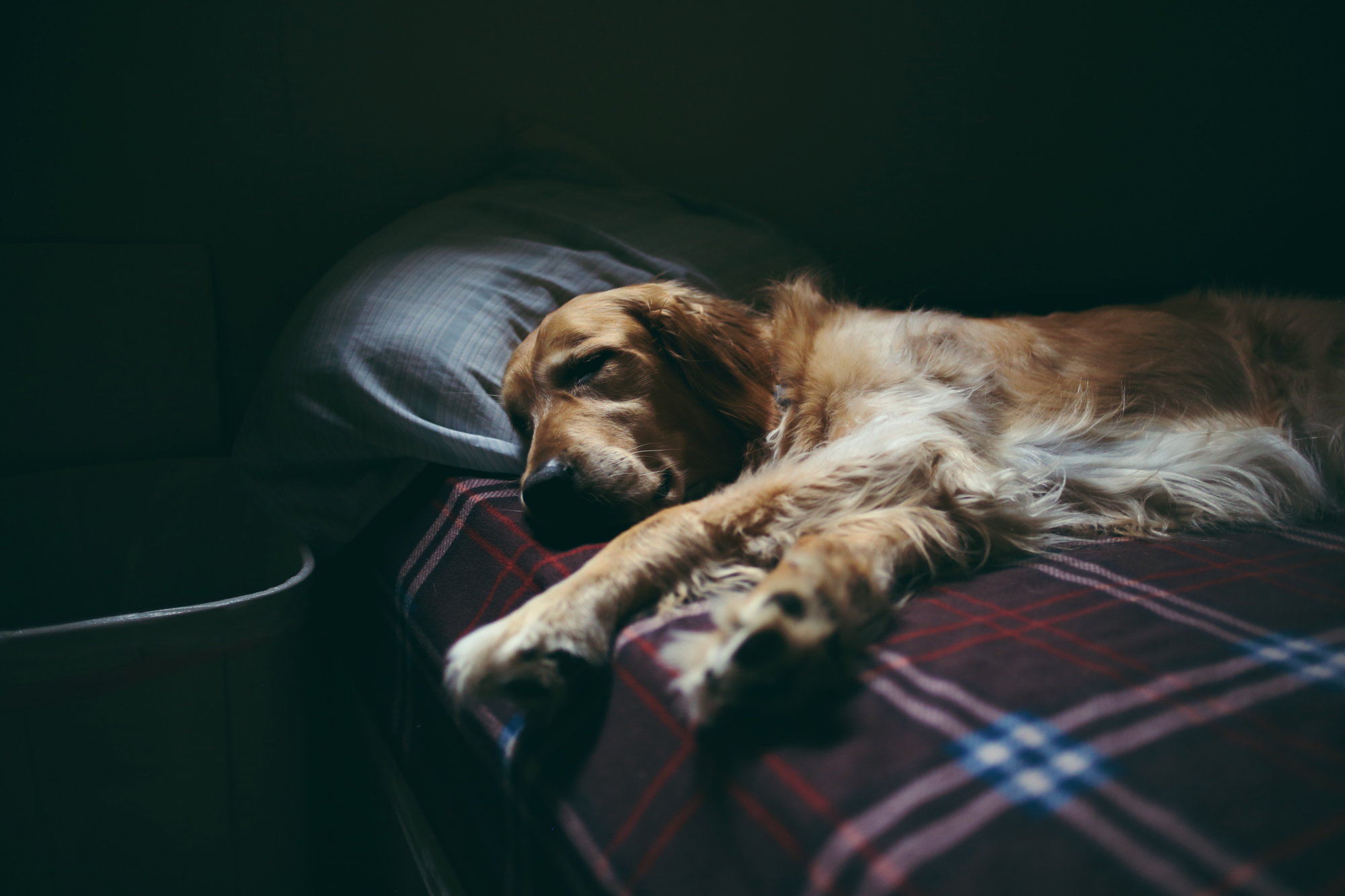
Neat and unornamented photographs of pets might seem attractive enough, but don’t let that prevent you from playing with blurred foregrounds. Whether you use a phone or a professional camera to take pictures, you can achieve this effect. Simply place any object in front of your lens and cover as much of it as you see fit. You can use toys, windows, or even your hands. Experiment with colours, shapes, and sizes. Outdoors, you can photograph through fences, gates, branches, flowers…the possibilities are endless. If you keep this in mind, you’ll find creative beauty in every detail, indoors or outdoors; look at this perspective as a variety of mouth-watering spices you’ve added to a simple meal in order to make it outstanding and uniquely yours.
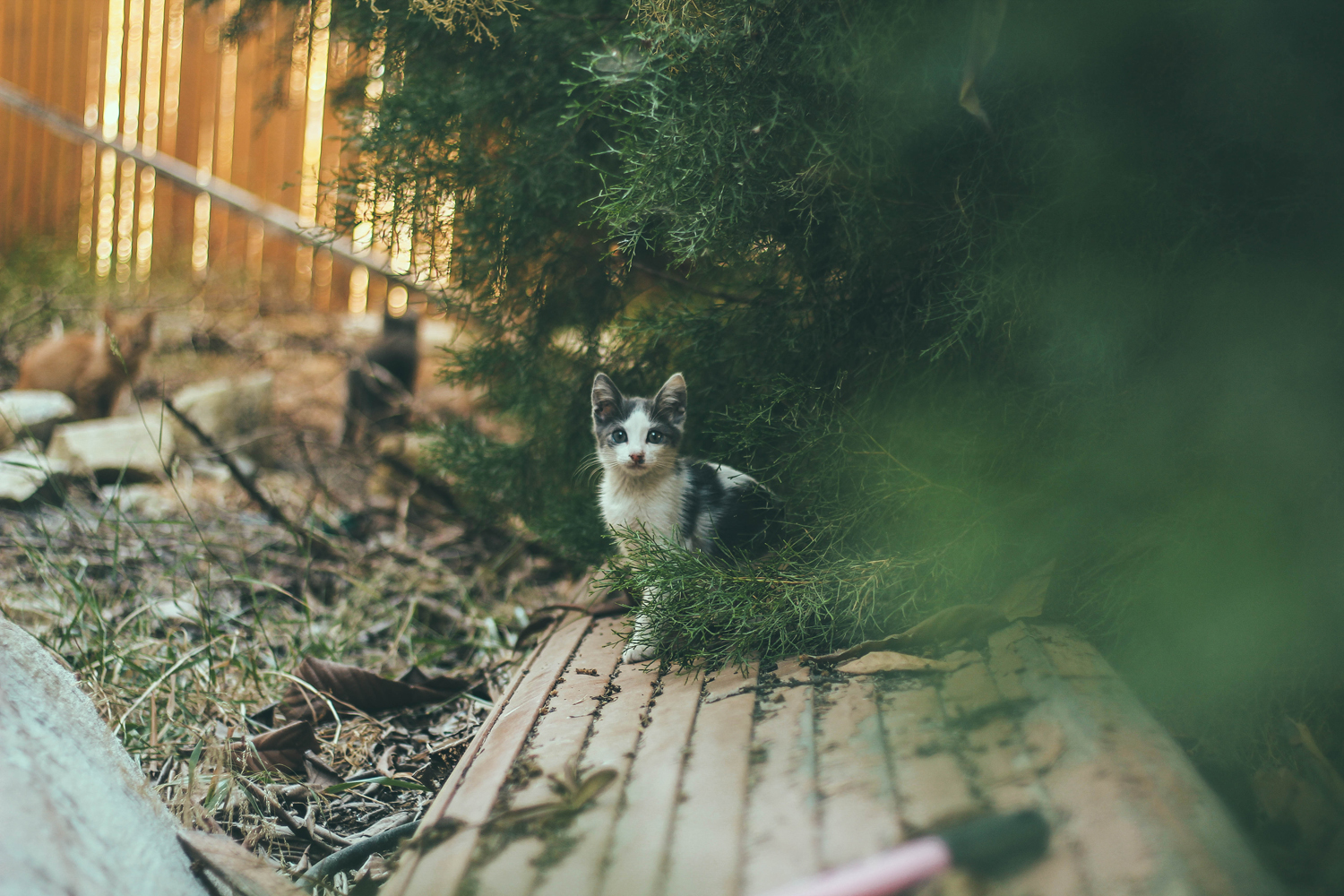
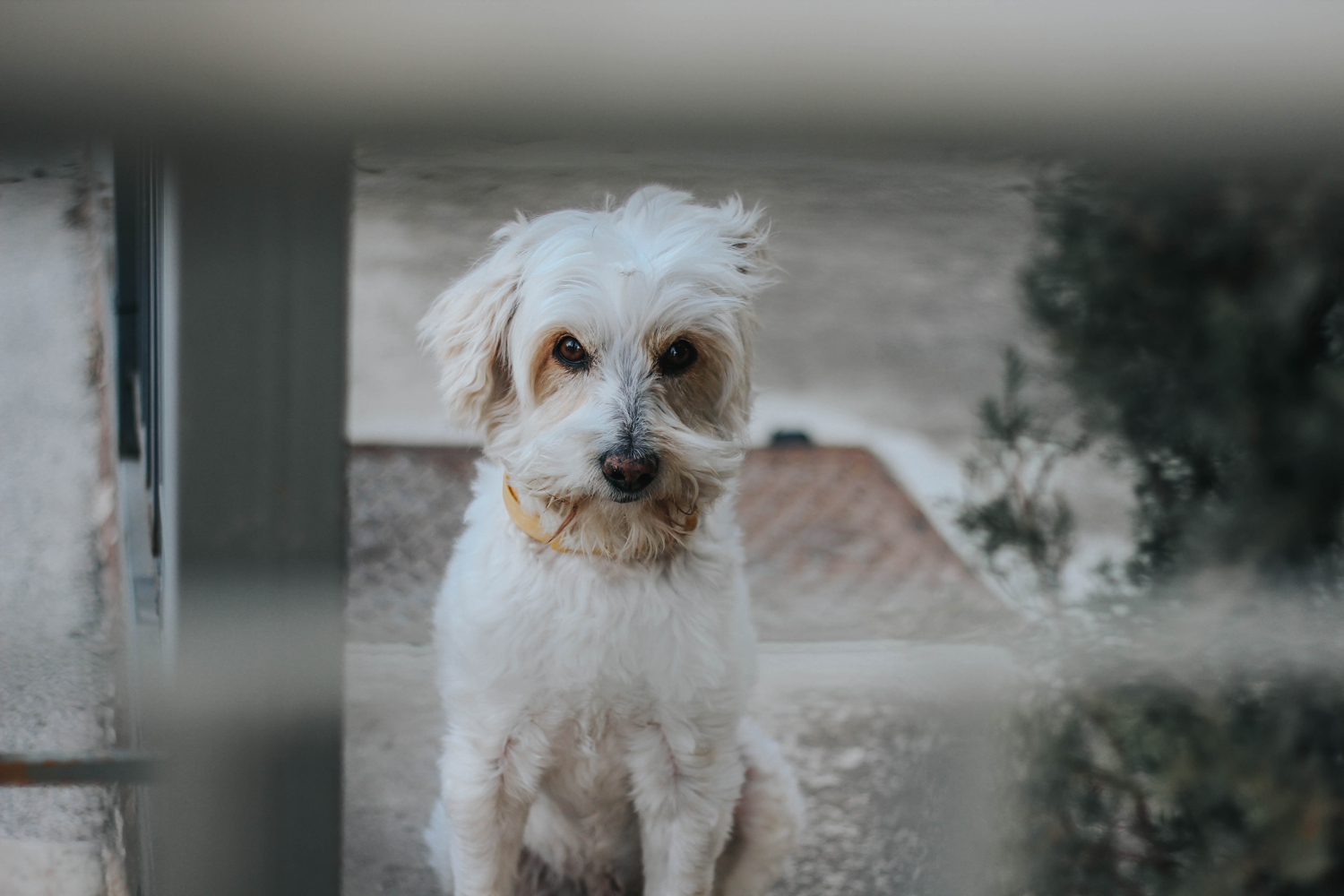
Experiment with angles, and I don’t mean the type of photogenic facial angles we humans desperately crave. By angles I mean camera positions, especially striking ones. Animals have the natural tendency to look camera-ready from any angle, so you don’t need to worry about offending them by exposing a double chin or an unflattering expression. Combine this with the previous method and you’ll get a composition which exclusively focuses on your pet while adding a hint of colour or appealing light somewhere in the corner. Eye-catching!

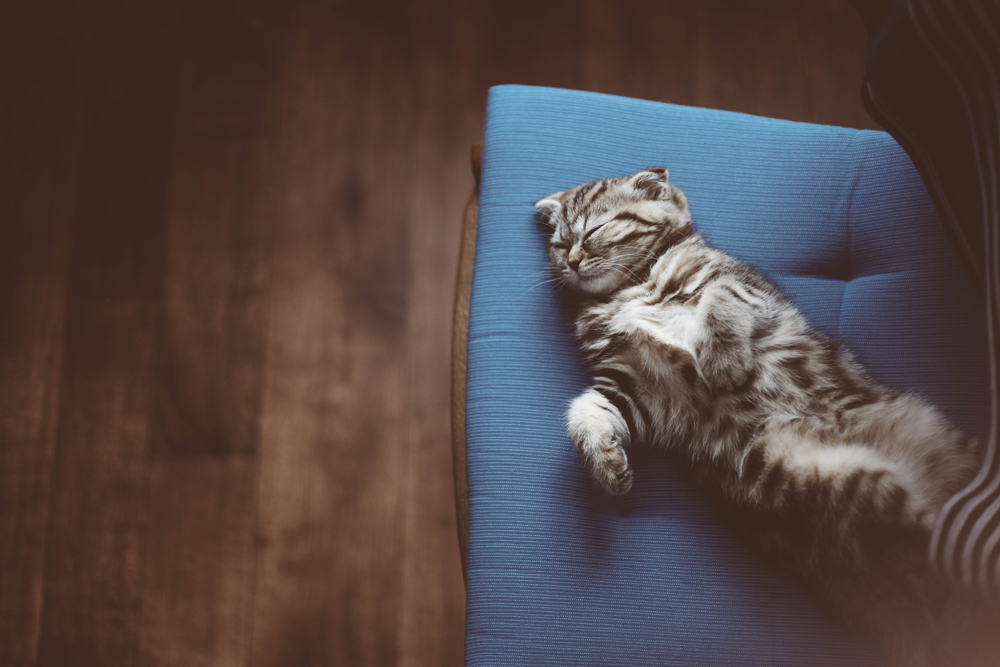
If your pet isn’t comfortable being alone in front of the camera, photograph it with someone it knows and loves. Photos of pets communicating with humans and other pets alike can create warm memories which will last a lifetime. Regardless of your pet’s size or weight, you can come up with an idea that flawlessly captures the personalities of both your pet and the person – or animal – it’s interacting with. If you’re into self-portraiture, use a timer; many have blinking lights or beeping sounds which may capture your pet’s attention and create the perfect shot.
Again, don’t limit yourself to only one method of picture taking. If you don’t have a model or another pet, try adding your own elements to an image. This can add an interesting foreground, as well as a more affectionate feeling, to your image; for example, if you’re stroking your pet or giving it something to eat, take a moment to photograph the process. This will instantly give your image an attractive and friendly atmosphere. It will also reveal the relationship between you and your pet, allowing viewers to feel a natural warmth in your photographs.
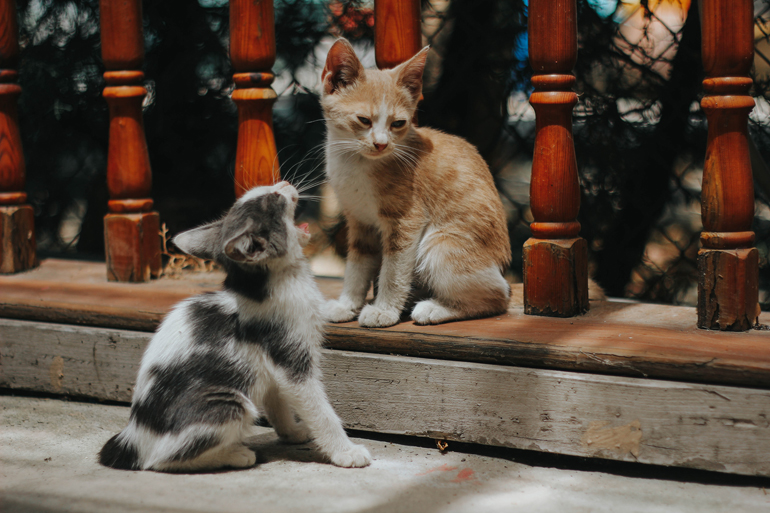
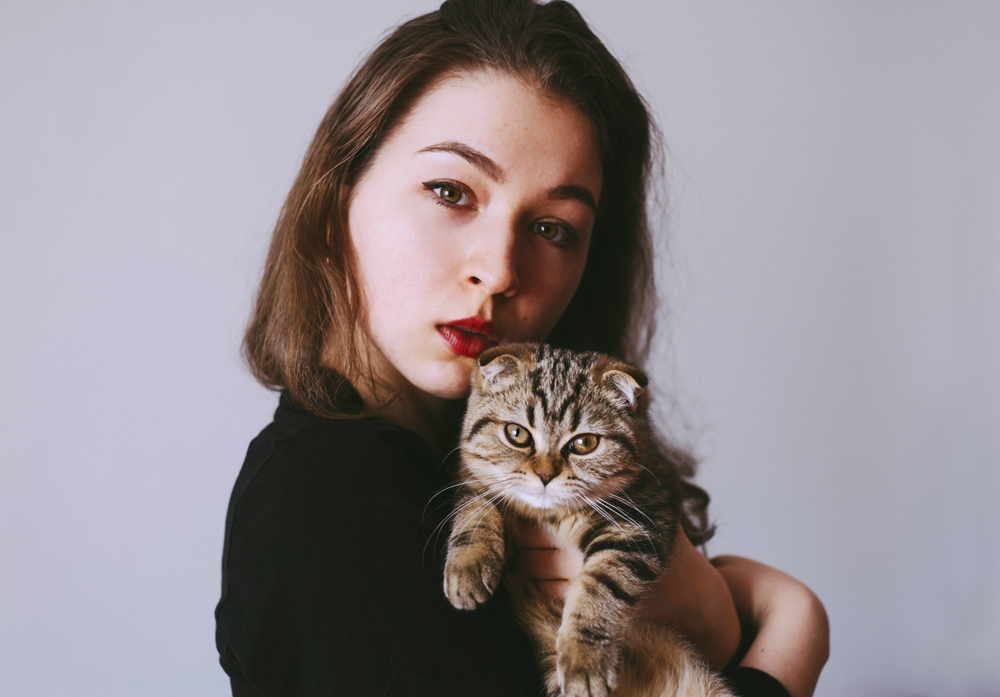
From observing them while they play to watching them sleep, to witnessing their relationships with humans and other animals, there’s no end to photographic opportunities when it comes to your pets. Taking photos of them will not only provide you with impressive images, but it will also give you a chance to bond with them. Thus, both the process and the results will be enjoyable and memorable, creating a warm experience which you’ll cherish your whole life.
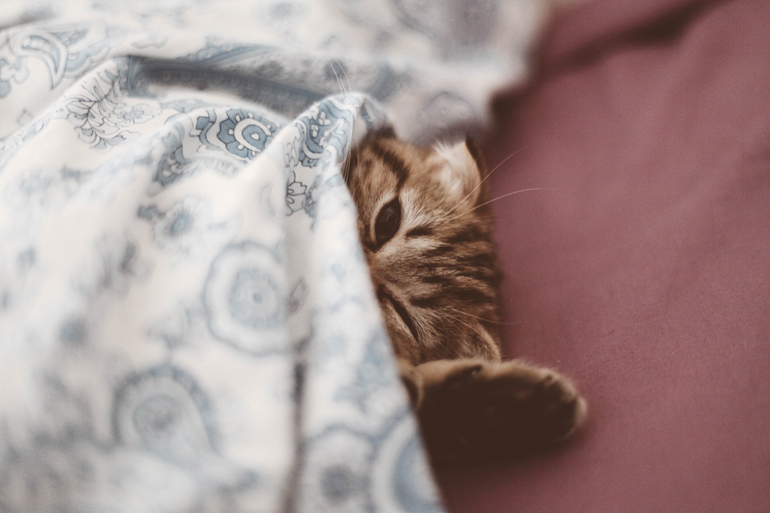
Good luck!
Comments (0)
There are no comments yet.